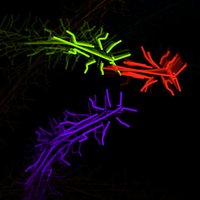
Jake Graving
@jgraving
Interested in behavior and computation. Research Scientist @MPI_animalbehav
ID: 25728771
http://jakegraving.com 21-03-2009 21:06:35
370 Tweet
736 Followers
502 Following



Happy to announce the final release of seaborn 0.12.0, a major update with new features that I'm really excited about. Check out the highlights: medium.com/@michaelwaskom… Read the full release notes: seaborn.pydata.org/whatsnew/v0.12… pip install seaborn==0.12.0 I hope you find it useful!

New blog post: Collective Intelligence for Deep Learning Recently, Yujin Tang and I published a paper about how ideas like swarm behavior, self-organization, emergence are gaining traction in deep learning. I wrote a blog post summarizing the key ideas: blog.otoro.net/2022/10/01/col…
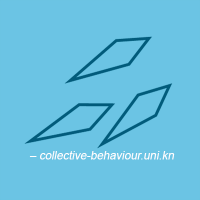
The #CASCB is super excited: Currently we are running an experiment on locust swarms in the #ImagingHangar Universität Konstanz. Normally #locusts are studied in the lab in small groups of 200 animals in small arenas despite swarming in groups of millions of individuals in the wild.

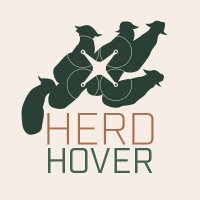
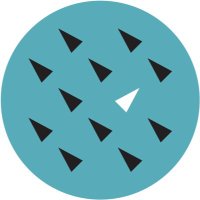
Our drone-based method for tracking the (geo-referenced) location and body-postures of free-roaming animals, including 3D landscape models and social context - out now! besjournals.onlinelibrary.wiley.com/doi/10.1111/13… Ben Koger @BlairCostelloe.bsky.social Collective Behavior MPI-AB is on Bluesky @mpi-animalbehav.bsky.social Universität Konstanz Centre for the Adv Study of Collective Behaviour
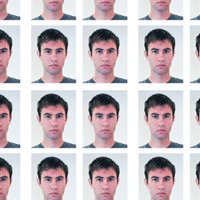
Out now in Journal of Animal Ecology! A general approach for using drones to study animal behavior in the wild. Record the location and posture of many animals simultaneously at sub-second sub-meter resolution, plus reconstruct their 3D landscape: doi.org/10.1111/1365-2…

The #ImagingHangar Universität Konstanz is abuzz with the sound of 60k #locust feet. More than 4k locusts have been tagged with reflective markers for tracking with the Motion Capture System. Researchers from Centre for the Adv Study of Collective Behaviour and MPI-AB is on Bluesky @mpi-animalbehav.bsky.social aim to understand the behaviour of locust swarms.
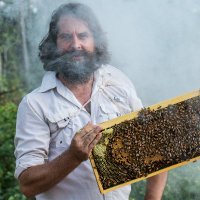

Awesome finale that Jeff Kerby's image made the Journal of Animal Ecology cover in support of our method using drones to study animals in their natural social and physical landscapes! Adwait Deshpande Jake Graving @BlairCostelloe.bsky.social Iain Couzin great team!
